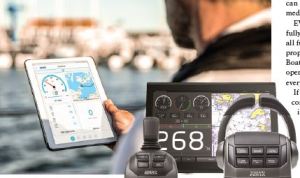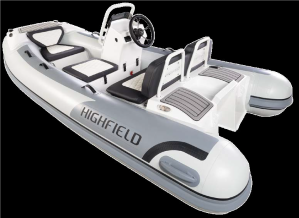Effective ways to achieve better onboard ventilation
October 12, 2021 Leave a comment
We expect air to be free, plentiful, and trustworthy enough to draw deep into our lungs. But COVID-19 has given air a bad reputation. While air on board boats is likely devoid of viruses (unless a fellow passenger is sick), there could be spores, molds, and fungus you definitely do not want floating around.
For my story on “Effective Ways to Achieve Better Onboard Ventilation” in Southern Boating magazine, I wrote about how clearing the decks and interior spaces of such contaminants depends on your budget and vessel size. Small boats with a cabin belowdecks can pop open a couple of portholes and let the fresh breeze flow. Boats 50 feet and longer with multiple cabins need to think in terms of advanced filtration and ventilation. If mold is present, no matter what size vessel, removal and remediation is required.
Here is a look at several ways to achieve a healthier
environment on board your boat.
Open Windows: Yes, it’s an oldie, but it’s a goodie. Having fresh air blow through, whether your boat is large or small, lets stale air out. Opening doors and hatches throughout the boat recirculates air.






